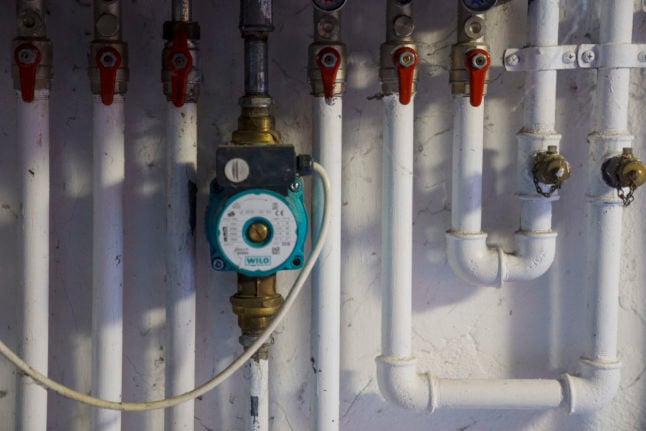The last three months have seen energy consumption in Denmark come in at nine percent on average compared to normal levels for the time of year, the Danish Energy Agency said in a press statement on Friday.
July alone saw 11 percent less electricity consumption than normal, according to the agency.
The use of gas has fallen even more, with a 17 percent lower consumption over the summer compared to the average for the time of year.
The Energy Agency has encouraged households continue with energy-saving habits, given the effects of these appear to be evident from the data.
That is because energy savings in the coming autumn and winter seasons will be important in ensuring electricity and gas supplies stay sufficient, deputy director with the agency Martin Hansen said.
“Overall we are in a better situation than we were last winter but it is still very crucial that we keep saving energy,” he said in the statement.
READ ALSO:
- How to reduce your Danish heating bill in the summer
- How people in Denmark are changing their energy use to keep bills down
An electricity shortage is not expected this year if the weather conforms with usual patterns, and if consumers save energy, for example by using appliances at times when production is high.
Gas supplies could be more precarious because the EU and International Energy Agency (IEA) both expect imported Russian gas to cease, the Energy Agency says in the statement. The reopening of many industries in China following Covid closures means there could also be challenges in securing sufficient quantities of liquefied natural gas (LNG).
Both the EU and IEA have therefore said that Europe must save on gas this winter, the Energy Agency noted.
Hansen said the energy situation this winter is characterised by a shift in Europe from a regionally oriented gas market to a globally oriented gas market, which is more sensitive to uncertainties.
“In the last year we have seen how the supply situation is increasingly affected by global circumstances,” he said.



 Please whitelist us to continue reading.
Please whitelist us to continue reading.
Member comments